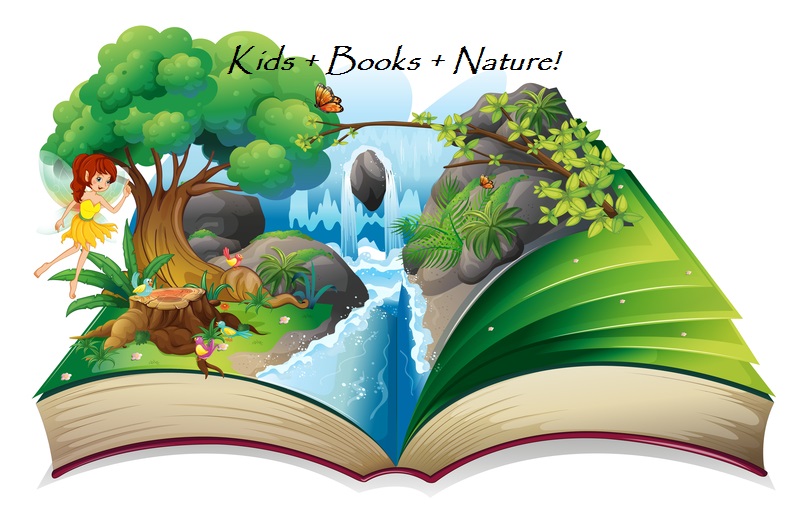“The night walked down the sky with the moon
in her hand.” ~Frederick L. Knowles
Perhaps
upon a starry night – about 4.5 billion years ago--two planets collided in the
solar system and all the debris from that wreck formed a single planet we call
the Moon. In its early days, the moon had active volcanoes and fire fountains.
The volcanoes no longer erupt, and you can now find orange-colored moon rocks;
left over from the flaming fountains. Every once in a while there are
Moonquakes; almost like what we have on earth.
Only
12 people have ever been, though one day everyone will likely be able to visit
the moon, as well as other planets. But if you plan on going, keep in mind it
will take about nine years to walk there or 135 hours by car. Don’t worry if
the moon doesn’t look quite the same up close, it’s not really round (as it
appears from Earth) but egg-shaped.
In
the month of September our full moon (Sept. 16th) is called the Harvest
Moon because it’s
the season when fruit and vegetable crops are ready to be gathered from the
fields, and the brightness of the moon allows the farmers longer days to do so.
Sometimes the Harvest Moon is an autumn orange color due to its closeness to
earth and all the dust in our atmosphere.
This
year September will have an extra full moon (Sept. 30th) called the Blue
Moon, which
is pretty special since it only happens every two years or so. It is believed
the Blue Moon got its name after a massive volcano (Krakatoa)
eruption in 1883 spewed blue smoke into the atmosphere.
Would you go to the moon? Have you ever worked
or played by the light of a big full moon?
By all these
lovely tokens September days are here
with summer's best of weather and autumn's best of cheer.
- Helen Hunt Jackson
with summer's best of weather and autumn's best of cheer.
- Helen Hunt Jackson


